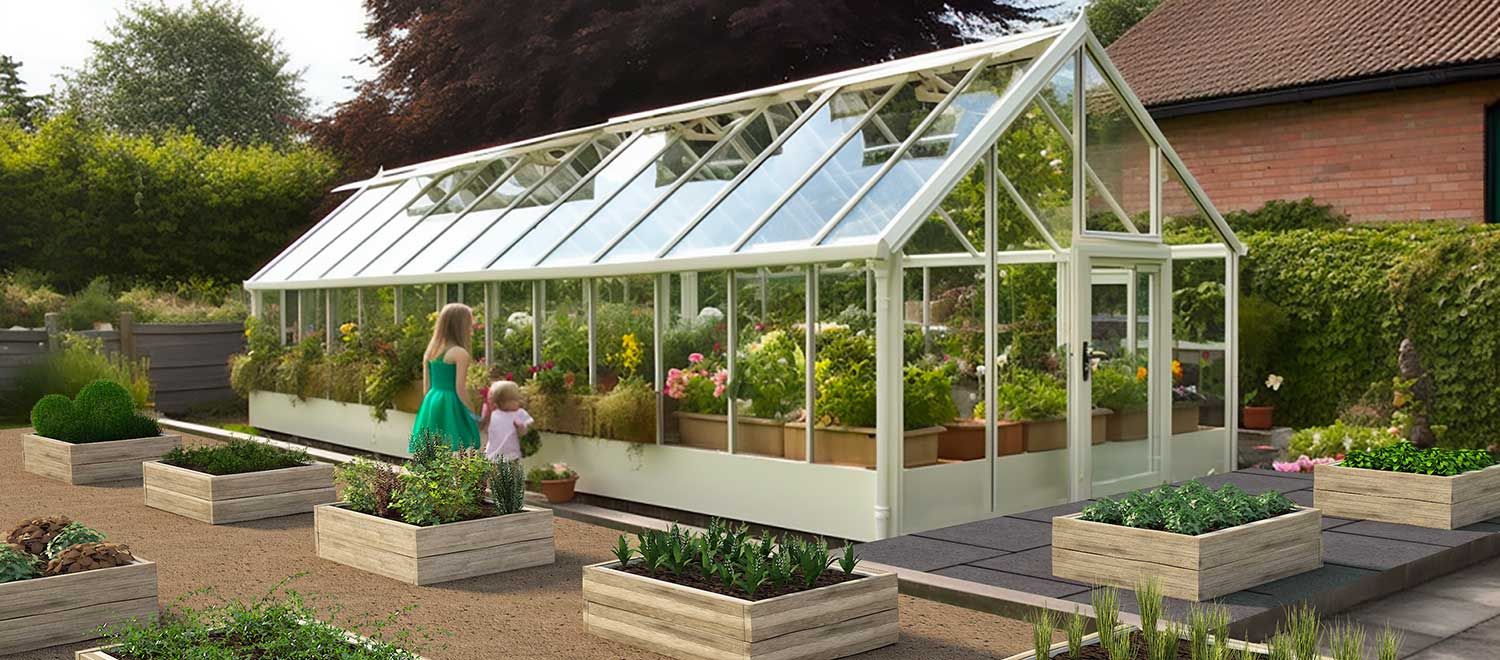What we do


Our Story
Living Well: Community
Creating communities grounded in living well; that prioritize community connections, active lifestyles, proactive services, and healthy homes & apartments.


Wellness Ecosystem
Our wellness ecosystem has a direct effect on our health. It affects our Wellness by influencing our behaviors and lifestyles. Our Wellness ecosystem can make healthy habits easier and more convenient, and the “default” option — or not.

Provide free and accessible spaces for active recreation. As modern life becomes ever more sedentary, people who want to stay active and healthy must find time to do so in their leisure and recreation time.

Creating environments that promote better sleep, rest, and stress reduction. Sleep is a cornerstone of good health, yet it is constantly compromised by issues in our built environment, including artificial lighting that disrupts circadian rhythms, a lack of natural light indoors, poor temperature control, and noise pollution.

Designing spaces that encourage a sense of community and social behavior. Loneliness and social isolation are on the rise everywhere, while social trust is on the decline, and our built environment plays a major role in the fraying of communities.
Our Pillars of Wellness

01. Connect
Belong to a community with deep social bonds.

02. Move
Fitness for longevity, not for vanity.

03. Nourish
Feed the mind, soul, and body.

04. Dwell
Home is a restful and comfortable place with abundant light and clean air.

There are two important aspects to this definition. First, wellness is not a passive or static state but rather an “active pursuit” that is associated with intentions, choices, and actions as we work toward an optimal state of health and well-being. Second, wellness is linked to holistic health — that is, it extends beyond physical health and incorporates many dimensions that should work in harmony.
Wellness is an individual pursuit — we have self-responsibility for our own choices, behaviors, and lifestyles — but it is also significantly influenced by the physical, social, and cultural environments in which we live.
Wellness is often confused with terms like health, well-being, and happiness. While there are common elements among them, wellness is distinguished by not referring to a static state of being (i.e., being happy, in good health, or a state of well-being). Rather, wellness is associated with an active process of being aware and making choices that lead toward an outcome of optimal holistic health and well-being.